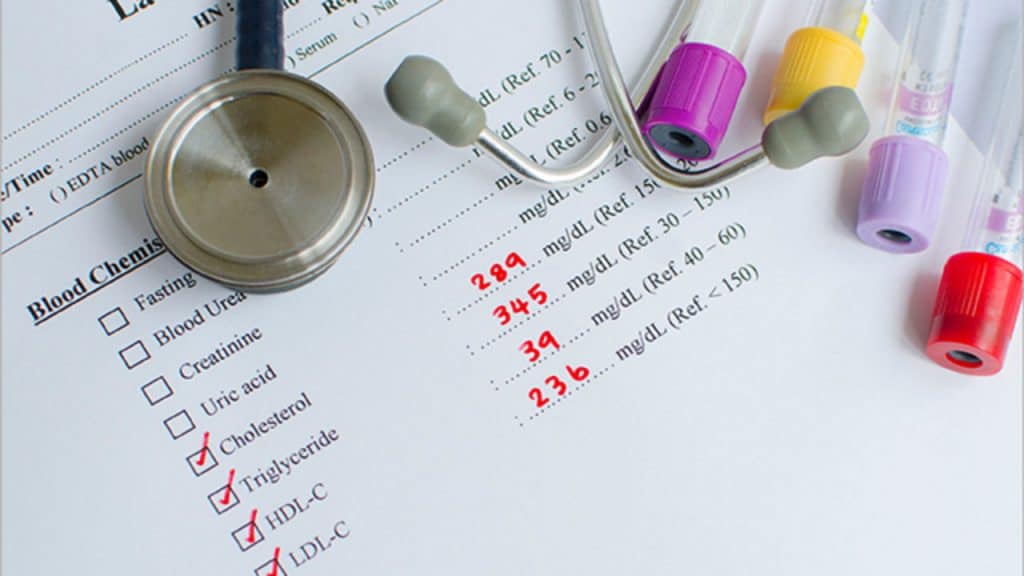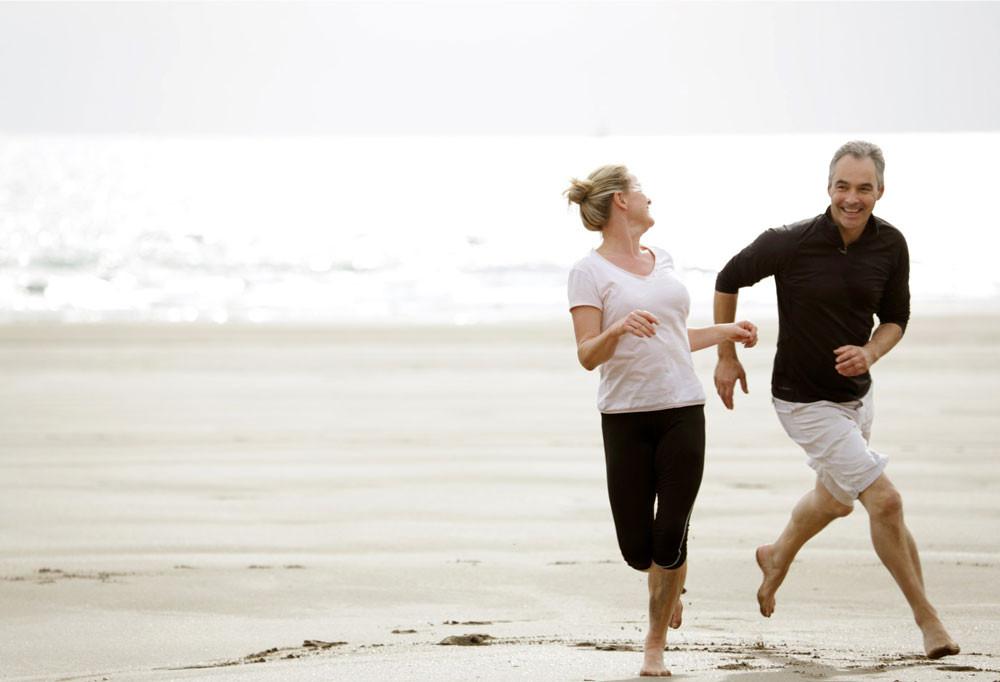There are lots of reasons it’s important to exercise regularly. It makes pretty much every part of your body stronger and healthier and reduces your chances of developing various medical conditions. One of the many benefits of exercise can be helping to lower your cholesterol if it’s too high.
We all have cholesterol and we all need it. Without it, your cells and processes won’t function properly. That’s why your body can produce it on its own. You can get extra cholesterol, however, from your diet. Some of it’s good, but the rest can clog up your arteries and increase your risk of heart attacks, strokes and other health problems.
High cholesterol on its own may not show symptoms, but if it’s detected with a blood test, your doctor may talk to you about ways to reduce it. The first step is with diet. Fatty meats, cakes, biscuits and dairy products like butter and cheese can contain a lot of cholesterol, and not always the good kind. Hopefully, just cutting back on these things can bring your cholesterol back down.
The next lifestyle change that can lower your cholesterol level is changing how you exercise. Increased exercise can raise your levels of high-density lipoprotein, or HDL. This is the good cholesterol, the stuff that protects you from bad cholesterol and reduces your risk of heart attacks and strokes.
You may also be able to lower your bad cholesterol, known as low-density lipoprotein, or LDL, through exercise. LDL particles are actually more dangerous when they are denser as they are more likely to block arteries. Exercise may make these particles larger and almost fluffy in density, which actually makes them safer. That’s true even if you’re considered overweight.
In general, it seems likely that making sure your exercise is regular is more important than the type of exercise you do. Even half an hour a day (which you can divide into ten- or 15-minute blocks if necessary) may be able to make a difference, and it doesn’t have to be intense. In fact, a brisk walk or gentle jog over a slightly longer distance may be more effective than a brief sprint that stops almost as soon as it starts.
If you have mobility issues and walking or jogging put too much strain on your joints, both cycling and swimming can be a little easier while still helping tackle your cholesterol. You can also try less aerobic routines, such as yoga, which research (https://journals.sagepub.com/doi/abs/10.1177/2047487314562741?journalCode=cprc&) suggests may improve your HDL levels and lower your LDL.
So when you’re embarking on your newest diet or fitness routine, remember it’s not just your muscles that you’re looking to strengthen. You also want to increase your good cholesterol and reduce the bad, improving your general health in the meantime. Your daily performance is going to be much better if you’re not at high risk of a heart attack.
If lifestyle changes don’t work, there are medications that can be used to reduce cholesterol levels. The most well-known are probably statins. Any plan to reduce your cholesterol should be discussed with your doctor.




